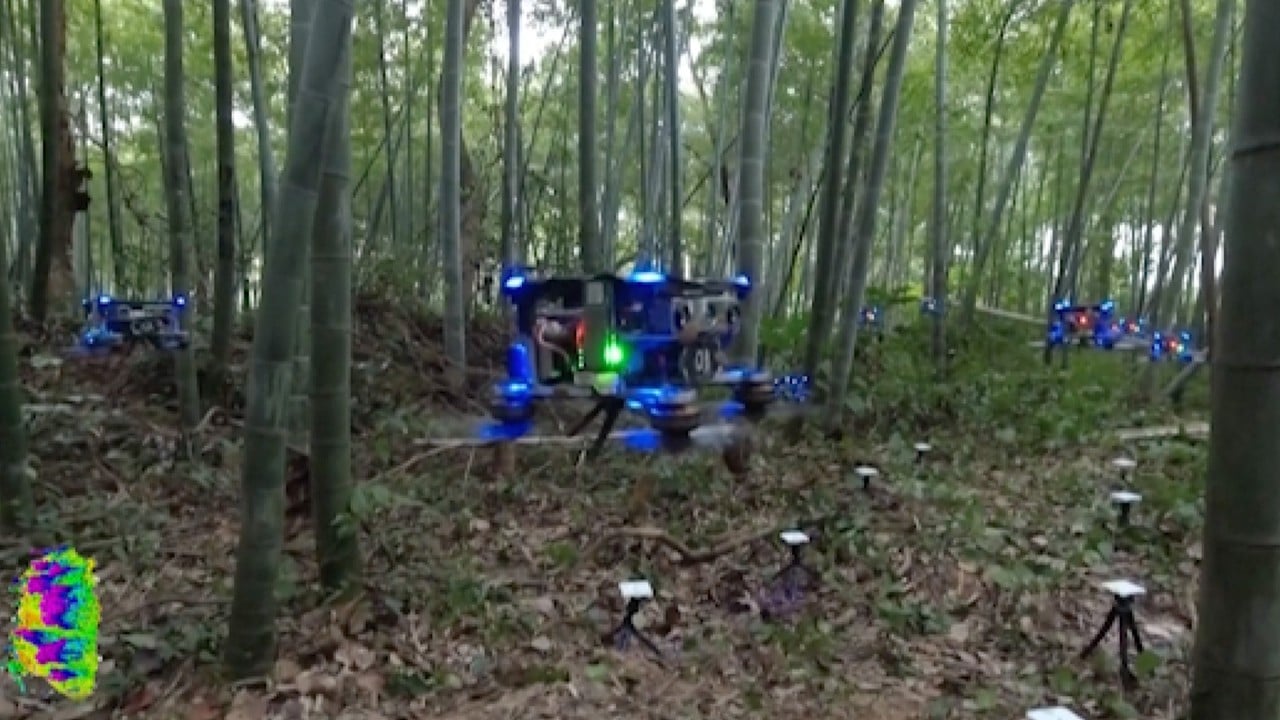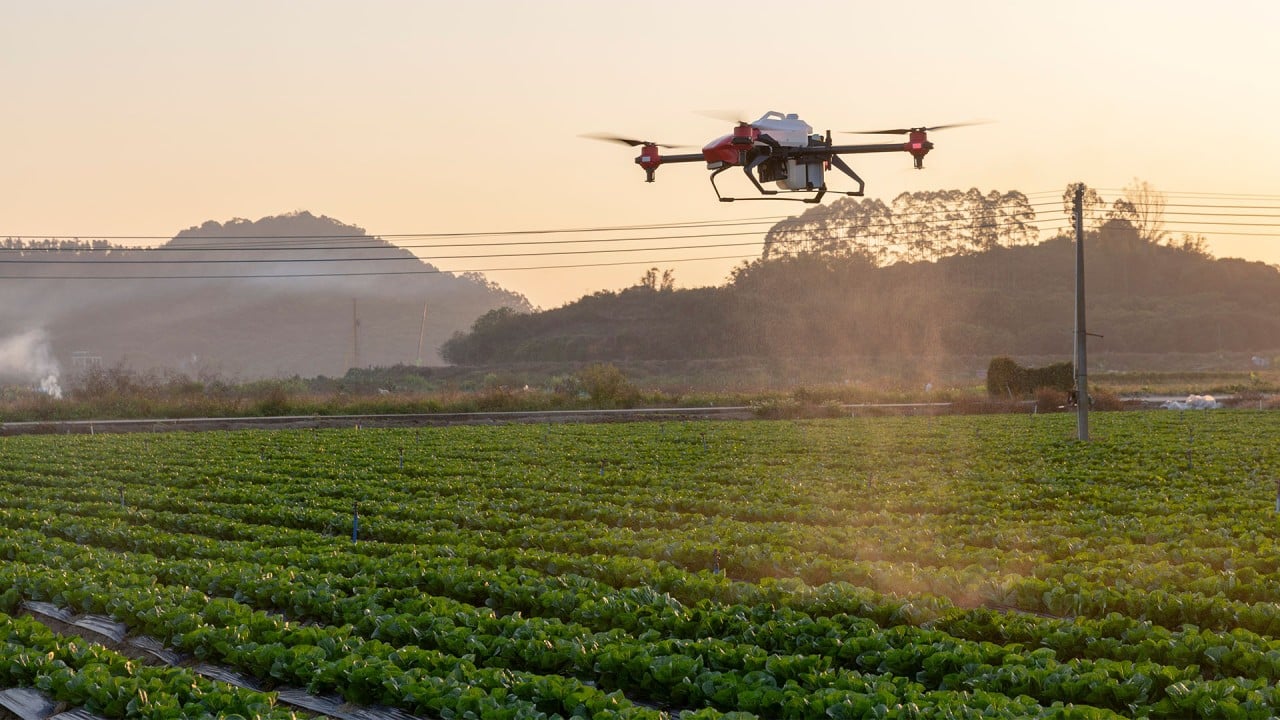
China clears US$70 billion ‘low-altitude economy’ for take-off with promise of minimal interference
- China says ‘low-altitude economy’, industries related to low-altitude vehicles, will be supported both directly and through less restrictive approach
- Field’s market value has gone up quickly as drones, other craft have seen broader applications, with more likely on the way
“[We] will continuously improve support services for low-altitude flight activities, including plan approval, air traffic management, meteorological services, communication and surveillance,” said Sun Wensheng, deputy director of the department of general affairs at the Civil Aviation Administration of China (CAAC).
The civil aviation regulator will also refine the airworthiness certification system for unmanned aircraft to expedite low-altitude economic development and coordinate policy, he said at a press conference on Friday.
His comments came amid a multifaceted effort by China to bolster what it terms the “low-altitude economy”, which Beijing listed as a strategic emerging industry at the tone-setting central economic work conference in December.
The term refers to a wide range of industries related to vehicles, both manned and unmanned, generally operating below an altitude of 1,000 metres.
The scale of this sector grew by 33.8 per cent year on year in 2023 to 506 billion yuan (US$70 billion) and is expected to surpass 1 trillion yuan by 2026, according to a report released by a research institute under the Ministry of Industry and Information Technology (MIIT) on Monday.
Chinese AI drone system aims to beat fires in hard-to-reach places early
A nine-page guideline for the general aviation industry, released by the MIIT and other agencies, showed Beijing aimed to jump-start supply and innovation in general aviation equipment by 2027, with commercial applications in fields like urban air transport, logistics and emergency rescue.
“By 2030, a new development model for general aviation, characterised by high-end, intelligent and green features, will be established,” the guideline read.
“General aviation equipment will be fully integrated into production and life, becoming a powerful driving force for economic growth.”
Present products in the field are also widening their reach, with a variety of applications from manned airships to electric vertical take-off and landing (eVTOL) aircraft.
The AS700, a civil manned airship developed by the state-owned Aviation Industry Corporation of China, completed its first transfer flight on Saturday according to a post from the company’s official social media account.
With the first delivery anticipated by the end of this year, the ship will first be deployed for use in tourism, and the research team expressed a desire to broaden its scope to other areas like emergency rescue and public services, the post read.
EVT Aerotechnics, a Nanjing-based eVTOL developer, also said on Sunday that its self-developed eVTOL aircraft ET9 had recently completed its maiden flight. The craft, the company said, could be mobilised to serve various sectors including high-frequency cargo transport, tourism, emergency rescue and urban air travel.
The scale of China’s eVTOL industry reached 980 million yuan in 2023, a year-on-year increase of 77.3 per cent according to the MIIT report. The sector was projected to reach 9.5 billion yuan in value by 2026.
Civil drones saw their market share go up by 32 per cent to 117.43 billion last year, with industrial drones reaching 76.68 billion yuan. The multipurpose vehicles’ remit has expanded to include emergency support, energy inspection and agricultural and forestry protection.
“Civilian drones in China have pioneered industry-wide adoption in sectors such as agriculture, forestry, animal husbandry, fisheries and aerial photography,” said Luo Hongjiang, an official with the civil aviation regulator, at Friday’s briefing.
“Logistics services of drones have expanded into urban commercial areas and communities. The airworthiness certification process for eVTOL aircraft is steadily advancing, and the future prospects of drone applications are bright.”




